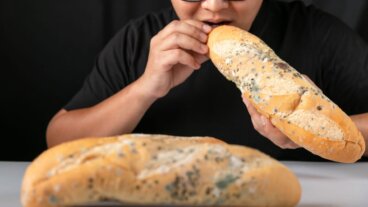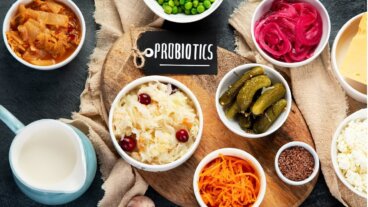Delicious Recipes Rich in Protein
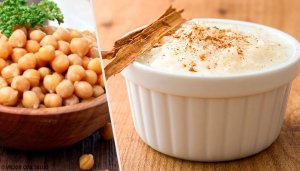

Written and verified by the pedagogue in physical education and nutritionist Elisa Morales Lupayante
Protein is a nutrient that’s found in food along with carbohydrates and fat. These are all essential for the human body, because they’re responsible for forming, developing, and renewing all of your organs and bodily systems.
In this article, you’ll learn about delicious recipes rich in protein.
What is protein made of? Protein contains carbon, oxygen, hydrogen, and nitrogen, along with minerals (sulfur, phosphorus, and iron).
When ingested, protein is divided into its structural units known as amino acids, which your system absorbs during digestion.
Types of amino acids
Overall, there are 20 different types of amino acids, which bind together to form proteins. Nine of them are obtained from food alone. However, the rest can be produced by your body without the need to consume them.
- Essential: these are found in food. Among them are: histidine, leucine, methionine, and valine.
- Not essential: you can obtain these from the essential amino acids. They include: alanine, arcinine, glycine, and proline.
Why are proteins good?
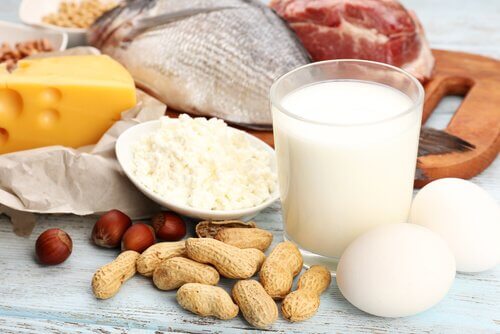
- Generate antibodies in your immune system that prevent infections and diseases.
- Improve digestion.
- Help distribute oxygen throughout your bloodstream.
- Make up your DNA.
- Control blood sugar levels.
- Can help you lose weight.
- Regulate body heat.
- Keep you feeling full for a long time.
Foods that contain protein
- Meat
- Fish
- Eggs
- Legumes and nuts
- Dairy products
- Vegetables
- Quinoa
- Watercress
- Asparagus
- Spinach
- Broccoli
- Lettuce
Read also: 7 signs you’re not eating enough protein
Here are some recipes that will increase the amount of protein you consume:
Chickpea and rice salad
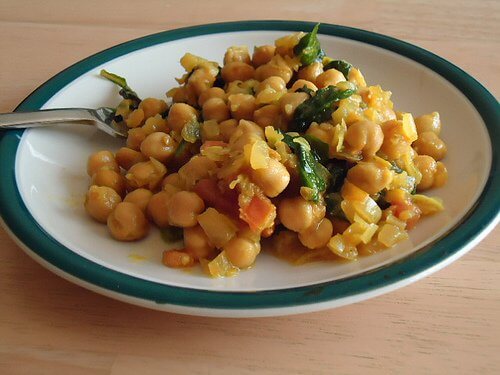
Ingredients
- 3 cups of chickpeas (450 g)
- 2 tablespoons of raisins (20 g)
- ¼ cup of brown rice (50 g)
- 2 tablespoons of walnuts (20 g)
- 3 cups of spinach (100 g)
- 1 orange
- 6 tablespoons of olive oil (90 g)
- 2 tablespoons of balsamic vinegar (2 ml)
- Salt (to taste)
Preparation
- First, cook the rice and chickpeas, separately.
- Add salt, continuing to cook for 18 minutes.
- Then, drain the rice.
- Drain the chickpeas.
- Peel and slice the orange into small pieces.
- After, mix the rice, chickpeas, nuts, and raisins.
- Finally, add the spinach and orange, along with the balsamic vinaigrette and olive oil.
Soybean stew with vegetables
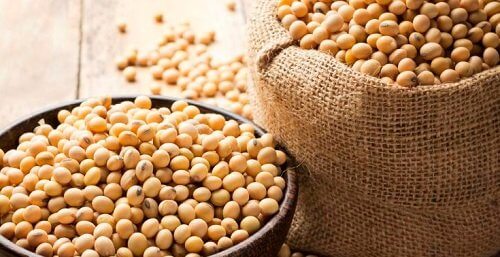 Ingredients
Ingredients
- 1 cup of green soybeans (200 g)
- A zucchini
- 1 cup of string beans (200 g)
- 2 potatoes
- 1 onion
- 3 cloves of garlic
- 6 cups of water (1500 ml)
- 4 tablespoons of olive oil (60 g)
- Salt (to taste)
Preparation
- First, wash the soybeans and peel the string beans.
- Slice the onion into cubes and add the olive oil to a pan.
- Then, saute the onion until browned, and add the beans.
- Cover this mixture with water.
- After, simmer on low heat for 35 minutes.
- Add the potatoes, sliced into cubes.
- Cut the zucchini, add it to the mixture and cook for another 15 minutes.
- Before removing from heat, add the olive oil and pressed garlic.
- Finally, season with salt to taste.
Rice pudding
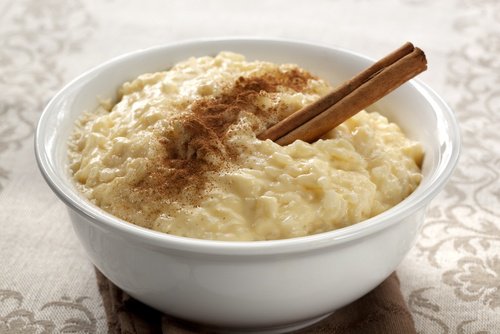
Ingredients
- 4 cups of milk (1 liter)
- The peel of 1 lemon
- 2 sticks of cinnamon
- 1 cup of rice (200 g)
- ½ cup of sugar (100 g)
Preparation
- First, heat the milk with the lemon peel and cinnamon sticks.
- Allow it to boil over medium heat.
- Then, wash the rice.
- Drain and add the rice to the milk.
- After, cover and let it cook for 1 hour.
- Be sure to stir the rice occasionally so it doesn’t stick.
- Next, remove the lemon peel and the cinnamon sticks.
- Let it cool for five minutes.
- Sprinkle with ground cinnamon before serving.
Recommendations
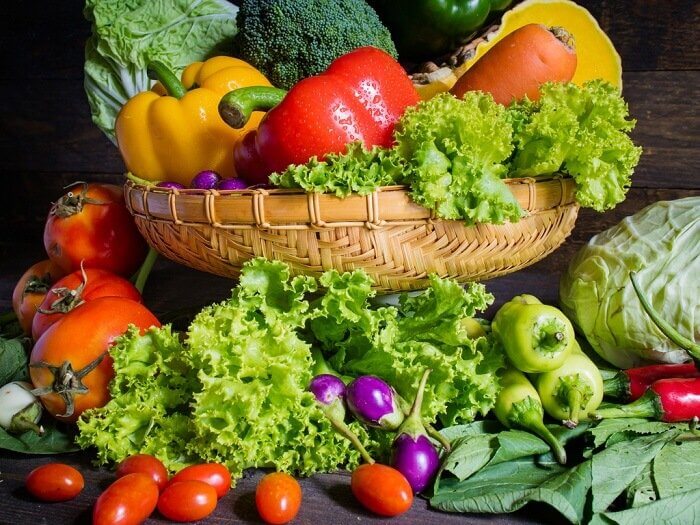
- The more exercise you do, the more protein you’ll need.
- Avoid smoking or drinking alcoholic beverages.
- Drink plenty of water every day.
- Get 30 minutes of exercise a day.
- Eat foods that are rich in water.
- If you’re going to consume protein shakes, don’t overdo it: you could damage your liver and kidneys.
- Don’t forget that protein shakes do not replace food.
Are you read to start getting the protein that you need?
All cited sources were thoroughly reviewed by our team to ensure their quality, reliability, currency, and validity. The bibliography of this article was considered reliable and of academic or scientific accuracy.
- Wu, G. (2016, March 1). Dietary protein intake and human health. Food and Function. Royal Society of Chemistry. https://doi.org/10.1039/c5fo01530h
- Lonnie M, Hooker E, Brunstrom JM, et al. Protein for Life: Review of Optimal Protein Intake, Sustainable Dietary Sources and the Effect on Appetite in Ageing Adults. Nutrients. 2018;10(3):360. Published 2018 Mar 16. doi:10.3390/nu10030360
- Leidy, H. J., Clifton, P. M., Astrup, A., Wycherley, T. P., Westerterp-Plantenga, M. S., Luscombe-Marsh, N. D., … Mattes, R. D. (2015, June 1). The role of protein in weight loss and maintenance. American Journal of Clinical Nutrition. American Society for Nutrition. https://doi.org/10.3945/ajcn.114.084038
- Westerterp-Plantenga, M. S., Nieuwenhuizen, A., Tomé, D., Soenen, S., & Westerterp, K. R. (2009). Dietary Protein, Weight Loss, and Weight Maintenance. Annual Review of Nutrition, 29(1), 21–41. https://doi.org/10.1146/annurev-nutr-080508-141056
- Westerterp-Plantenga, M. S., Lemmens, S. G., & Westerterp, K. R. (2012). Dietary protein – Its role in satiety, energetics, weight loss and health. British Journal of Nutrition, 108(SUPPL. 2). https://doi.org/10.1017/S0007114512002589
This text is provided for informational purposes only and does not replace consultation with a professional. If in doubt, consult your specialist.


